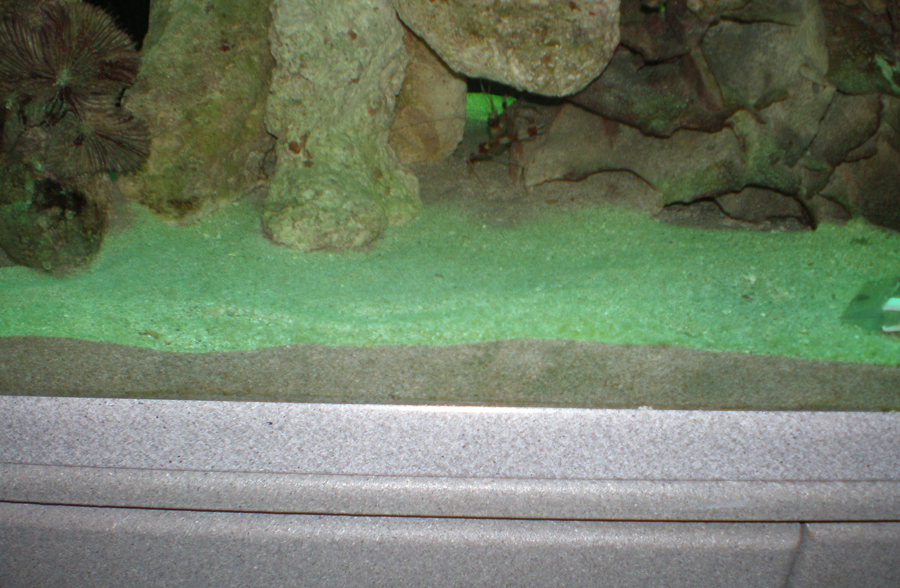irish1985
New Member
Hi all, so I decided to switch from my 75 gallon rectangle tank to a 76 gallon half circle tank. Part of my reasoning is simply aesthetics, but the half circle also comes with better filtration and lighting, so on top of getting a really cheap price, it seems like a sweet deal.
Now I just spent about 2 hours reading various threads about transferring from one tank to another (will be going in the same spot in my house), and I feel like the SAND BED is a major gray area. Ideally, I want to transfer my water, rock, corals, and fish from my current setup into the new setup without creating a new cycle i.e. without killing anything. I’ve read so many mixed reviews about transferring the sand bed…some say to replace it entirely, some say to keep it entirely, and some say to keep a cup or two and replace the rest entirely…I also read some threads about rinsing it with salt water.
Admittedly, keeping my nitrates down has always been a huge battle (40+ ppm readings) so one of my concerns is that a boat load of new nitrates are going to be stirred up and introduced into the new tank upon a transfer of my old sand. And on the other hand, my concern about replacing the old sandbed with new sand is causing a new cycle that will kill off my livestock… I’m just not sure which direction to go here.
Off hand, I think the nitrate levels will EVENTUALLY lower in the new system, because of the better filtration (it actually has a skimmer which I’ve never had, UV which I’ve never had, + much better/up to date power heads).
Other notes:
- Keeping livestock in a QT while I ensure a safe transfer/potential cycle is unfortunately not an option.
- I currently have a very fine sand and it’s only about 1” deep (see photos).
- My current sandbed COULD be extremely old…I bought the tank (running) from someone on Craigslist about 9 months ago and am unsure how long he had it.
- I have plenty of mixed salt water and fresh RO water ready to go.
Thanks in advance!


Now I just spent about 2 hours reading various threads about transferring from one tank to another (will be going in the same spot in my house), and I feel like the SAND BED is a major gray area. Ideally, I want to transfer my water, rock, corals, and fish from my current setup into the new setup without creating a new cycle i.e. without killing anything. I’ve read so many mixed reviews about transferring the sand bed…some say to replace it entirely, some say to keep it entirely, and some say to keep a cup or two and replace the rest entirely…I also read some threads about rinsing it with salt water.
Admittedly, keeping my nitrates down has always been a huge battle (40+ ppm readings) so one of my concerns is that a boat load of new nitrates are going to be stirred up and introduced into the new tank upon a transfer of my old sand. And on the other hand, my concern about replacing the old sandbed with new sand is causing a new cycle that will kill off my livestock… I’m just not sure which direction to go here.
Off hand, I think the nitrate levels will EVENTUALLY lower in the new system, because of the better filtration (it actually has a skimmer which I’ve never had, UV which I’ve never had, + much better/up to date power heads).
Other notes:
- Keeping livestock in a QT while I ensure a safe transfer/potential cycle is unfortunately not an option.
- I currently have a very fine sand and it’s only about 1” deep (see photos).
- My current sandbed COULD be extremely old…I bought the tank (running) from someone on Craigslist about 9 months ago and am unsure how long he had it.
- I have plenty of mixed salt water and fresh RO water ready to go.
Thanks in advance!


